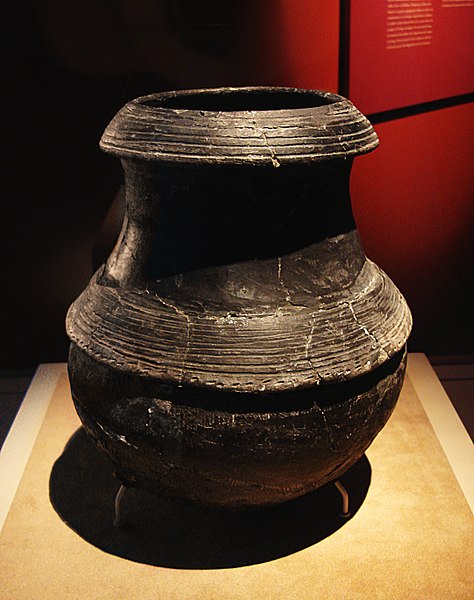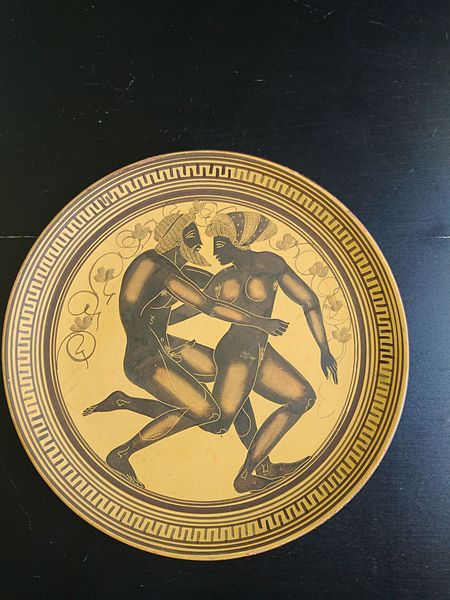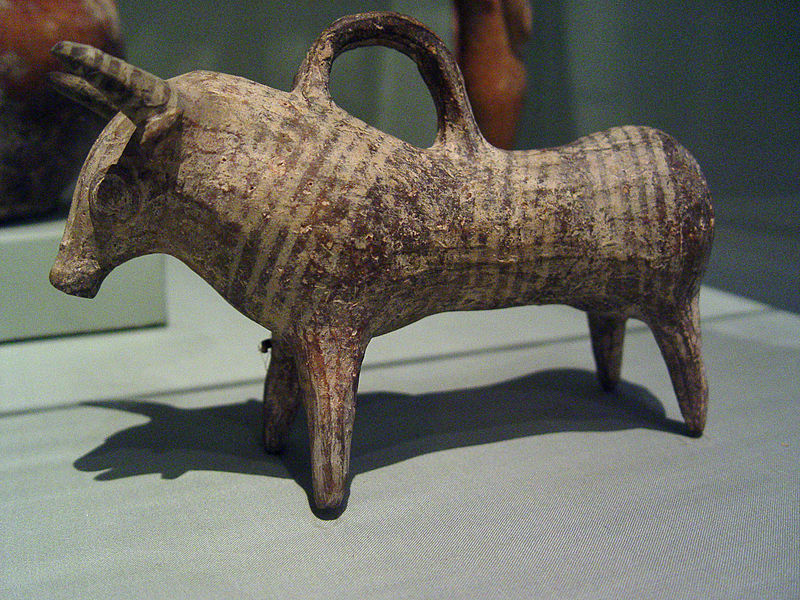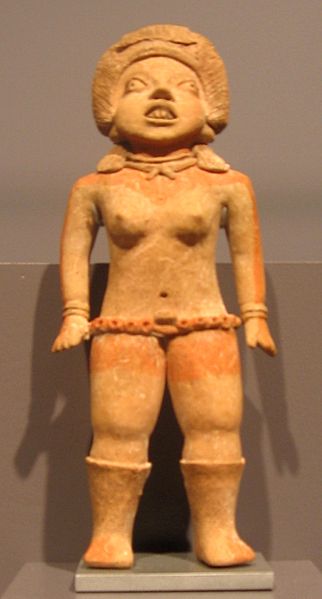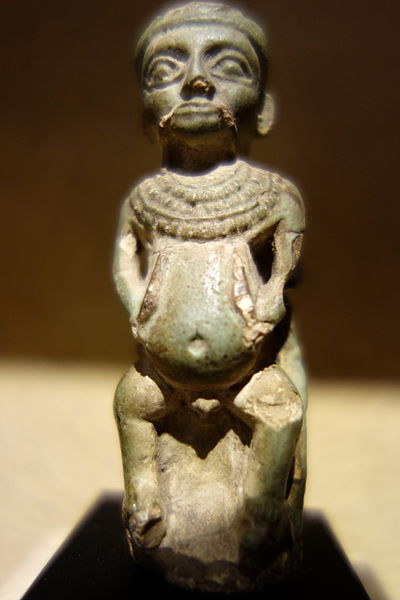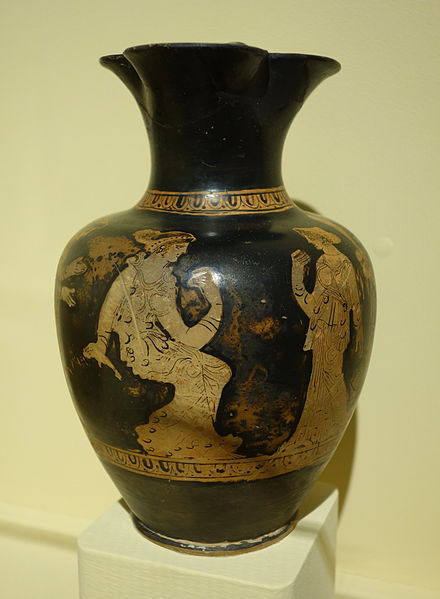History of Ceramic Art
Ceramic Art History
There is a long history of ceramic art in almost all developed cultures which go back thousands of years. Cultures especially noted for ceramics include the Chinese, Cretan, Greek, Persian, Mayan, Japanese, and Korean cultures, as well as the modern Western cultures.
Archeologists have uncovered human-made ceramics that date back to at least 24,000 BC. These ceramics were found in Czechoslovakia and were in the form of animal and human figurines, slabs, and balls. These early ceramics were made of animal fat and bone mixed with bone ash and a fine claylike material. After forming, the ceramics were fired at temperatures between 500-800°C in domed and horseshoe shaped kilns partially dug into the ground with loess walls. While it is not clear what these ceramics were used for, it is not thought to have been a utilitarian one.
Functional Ceramics
Functional ceramics, or ceramics that are designed to be used in everyday life, have a long history dating back to ancient civilizations. Some of the earliest known functional ceramics were created by the ancient Egyptians, who used pottery for storing and cooking food, as well as for carrying water.
The Greeks and Romans also made extensive use of functional ceramics, creating a variety of pottery and other objects for everyday use. In the Middle Ages, ceramics continued to be an important part of everyday life, with potters and ceramicists creating a wide range of functional objects such as pots, jugs, and tiles.
In the modern era, ceramics have continued to be an important part of everyday life, with ceramists and potters creating a wide range of functional objects such as dishes, mugs, and vases. In addition to traditional pottery, modern ceramics also include a variety of technical ceramics, which are used in a range of applications including electronics, automotive, and aerospace industries.
Over thousands of years the technology and applications of ceramics has steadily increased. Overall, functional ceramics have played a vital role in human history, and continue to be an important part of everyday life.
